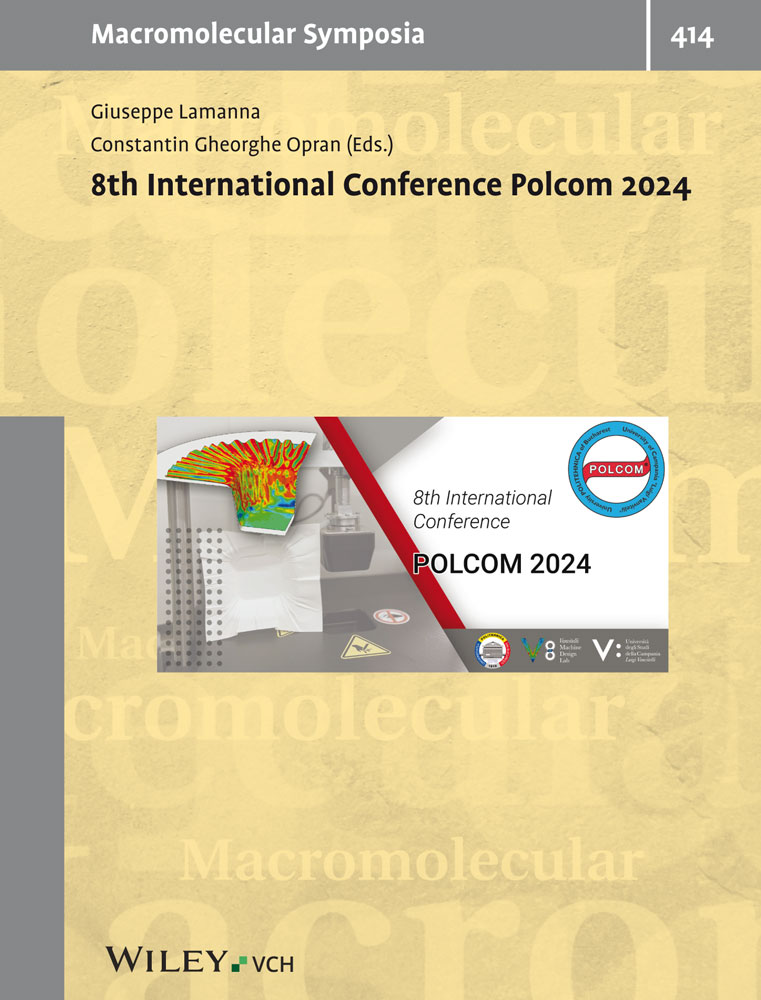Toward highly photoluminescent and bipolar charge-transporting conjugated polymers
Abstract
DBPP (2,5-di-(2-biphenyl)-1,4-phenylene) units were embedded into a PPV (poly(p-phenylenevinylene)) backbone, resulting in a dramatic improvement in the solid-state photoluminescence quantum efficiency of the polymer. Oxadiazole units were introduced as PPV main-chain substitutents, imparting the resulting polymer with bipolar charge-transporting properties. A carefully-designed conjugated polymer combining both DBPP and oxadiazole units showed both high PL efficiency and bipolar charge transport ability, making it a promising candidate for the fabrication of efficient single-layer LED devices.




